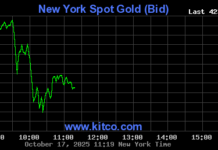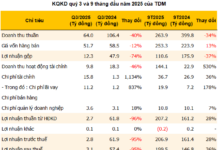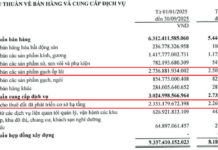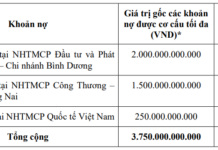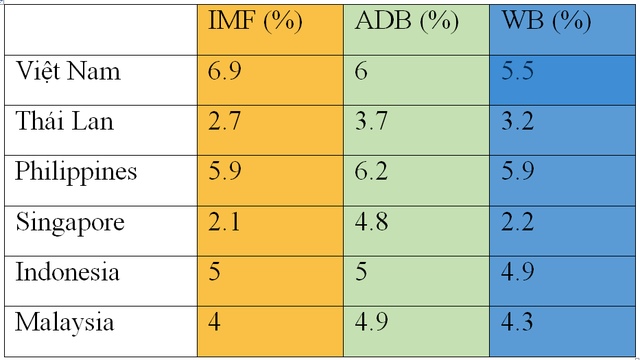
Forecast of Vietnam’s GDP and strong economies in Southeast Asia in 2024 – Source: IMF, WB, Worldbox Intelligence |
Carolyn Turk, World Bank Country Director for Vietnam, said that Vietnam’s economy is being challenged by internal and external factors. To boost growth, the government needs to support aggregate demand through efficient public investment, thereby creating jobs and stimulating economic activities.
In addition to short-term support measures, the government should not overlook structural reforms – including in the energy and banking sectors – as they are necessary for long-term and sustainable growth.
A crucial issue for Vietnam’s economy that the World Bank emphasizes is investment in high-quality human resources. The university and vocational education system must be further reformed to meet the high growth needs of the economy.
In fact, the above recommendations of the WB are quite similar to the priorities, directives, and management focus of the recent government. Prime Minister Pham Minh Chinh has asked all levels, sectors, and localities to implement specific targets and tasks in 2024 under the theme: “Discipline, proactive, innovative, sustainable efficiency” with the spirit of “Determined Year”: (1) Determined to overcome difficulties, overcome all challenges in various fields; (2) Determined to implement “no say no, no say hard, no say yes if not done”; (3) Determined to protect officials who dare to think and do for the common good; think real, speak real, act real, act effectively, people enjoy real benefits; (4) Determined to overcome difficulties, promote production and business, ensure that people and businesses enjoy the benefits of policies and achievements; (5) Determined to make the highest effort to achieve the best results in 2024.
Public investment is the decisive factor
According to the forecasts of most global economic research institutions, the global economy in 2024 will still face many challenges and uncertainties. In addition to geopolitical tensions, climate change, and natural disasters that have made the global economic picture brighter, it has not recovered as it was before the COVID-19 pandemic.
In this situation, Vietnam still has to rely on public investment as a driving force for growth in the new year.
The Asian Developement Outlook (ADO) report of the Asian Development Bank notes that the main causes affecting the economy are global economic recession, tightening of monetary policy in some developed countries, and disruption of supply chains due to increasing geopolitical tensions.
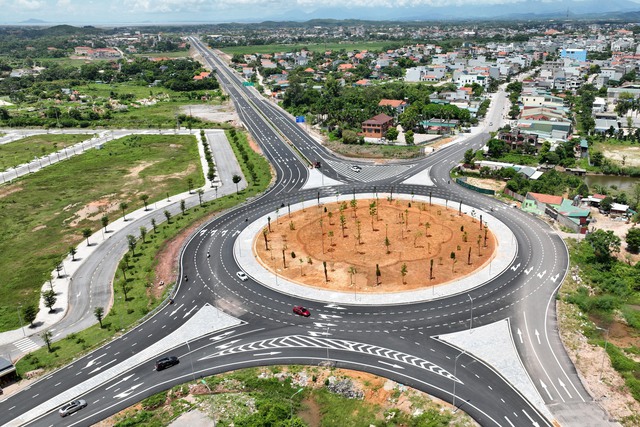 In 2024, Vietnam will still rely on public investment as a driving force for growth – Photo: VGP/Nhat Bac |
Regarding Vietnam’s economic prospects, Shantanu Chakraborty, ADB Country Director for Vietnam, said: “The weak external environment, including slow recovery in China, has hindered export-oriented manufacturing activities, thereby narrowing industrial production in Vietnam”.
However, according to him, Vietnam’s economy is still resilient and the expected recovery will be strong in the coming time thanks to robust domestic consumption, supported by moderate inflation, accelerated public investment, and improved commercial activities.
Tourism revival
If the “industrial production” door of Vietnam is declining due to reduced global demand, other doors are still open. For example, the tourism and service sectors are expected to continue to expand, supported by the recovery of tourism and related services.
The New York Times used the image of a cable car system to talk about the tourism industry. According to expert Steven Dale, Vietnam is suitable for building cable cars because of its mountains, forests, and islands. This is considered a “path” that is faster to construct, cheaper, and less environmentally damaging than roads. According to data from cable car manufacturers, over the past two decades, about 26 cable car lines have been built in dozens of locations throughout the country, demonstrating the rapid development of infrastructure to serve tourism needs.
“Vietnam is the country with the 4 longest cable car lines in the world, all built in the past decade, showing the strong transformation of the Vietnamese economy and tourism industry,” the New York Times emphasized.
In the general difficulties of the economy, the service sector, including tourism, plays an important role in the country’s economic growth. The service sector is gradually recovering, with tourism being the bright spot. The high development of tourism since the end of April 2023 has stimulated increased consumer demand, thereby spreading strongly to the production of other service industries such as transportation, accommodation, food and beverage, travel, artistic activities, entertainment… which are positive factors in economic growth…

In the general difficulties of the economy, the service sector, including tourism, is considered a bright spot, contributing significantly to the country’s economic growth |
It is still too early to say that in 2024 Vietnam’s economy will still be among the fastest-growing economies in the world, but there are grounds to believe that Vietnam’s economy will still be among the highest-growth countries in the region.
Expanded FDI opportunities
On January 26, in a press conference in Hanoi, US Deputy Minister of Foreign Affairs responsible for Economic Growth, Environment, and Energy Jose Fernandez said that about 15 US companies plan to invest in Vietnam with a total amount of more than 8 billion USD.
Although Deputy Minister Fernandez did not mention the names of the companies, other sources such as Reuters, Bloomberg, Asia Financial, Evertiq… have specifically mentioned some large technology companies…
Mr. Fernandez’s trip to Vietnam is part of the United States’ plan to implement agreements reached in September 2023, when the two countries officially upgraded their relationship to a “comprehensive strategic partner”, the highest level in Vietnam’s foreign relations ranking.
As of January 20, the whole country had 39,377 effective foreign-invested projects with a total registered capital of nearly 471.9 billion USD. The cumulative implemented capital of foreign-invested projects is estimated at nearly 298.66 billion USD, equal to nearly 63.3% of the total registered capital.
Vietnam is stepping up to the high-tech ladder as foreign-invested projects are encouraged in the chip production and high-tech sectors. High-tech exports are driving Vietnam’s economic growth. In 2022, we surpassed South Korea to become the United States’ sixth-largest trading partner in terms of export value. Although the US “Inflation Reduction” policies may somewhat harm the Vietnamese economy and other Southeast Asian economies, Vietnam is still attracting a large amount of foreign direct investment from companies wishing to diversify supply chains and production.
The case of Luxshare is evidence. Luxshare, one of Apple’s largest component and finished goods manufacturers, is investing heavily in Vietnam, including about 500 million USD in a plant in Bac Giang, which will employ tens of thousands of workers.
Nguyen Van Toan, Vice Chairman of the Foreign Investment Business Association (Vafie), said that the opportunity to attract FDI in 2024 is opening up like in 2008, when Vietnam first joined the WTO.
Improved living standards
Despite all the difficulties after the pandemic, the overall living standards of Vietnamese people are still improving, thanks to controlled inflation. Vietnam’s GDP per capita in terms of purchasing power parity (PPP) has tripled compared to 10 years ago.
Domestic demand will be the main driving force of the economy in 2024. According to estimates, Vietnam has a trade-to-GDP ratio of 200% (compared to Indonesia’s 35%), so Vietnam’s domestic demand makes it less dependent on foreign markets.
According to renowned economist Stanley Fisher (economics professor at the University of Chicago and MIT; chief economist at the IMF and Vice Chairman of the Fed), the GDP per capita in terms of purchasing power parity (PPP) is the relatively accurate measure of the living standards of nations. PPP is generally considered a better measure of overall well-being. Former MIT professor Stanley Fischer argues that PPP is truly the best standard for assessing the health of the economy. Based on this standard, Vietnam’s economy has maintained stable growth over the past 10 years and will continue at a higher pace.
Whether optimistic or pessimistic, the new year 2024 still comes with many challenges, opportunities, and hopes. Vietnam’s economy, like cable car lines, has only one direction: forward, to reach greater heights.
Tran Ngoc Chau










